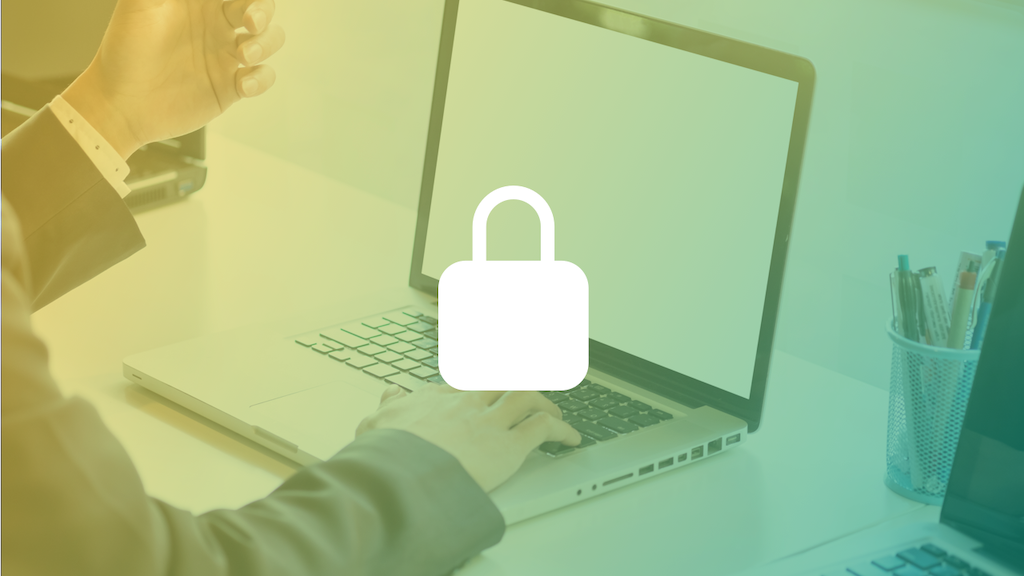The ultimate goal of your company intranet is to enable effective collaboration between your teams, as well as facilitate the secure, private exchange of sensitive information – such as company news and confidential documents – between selected team members. Therefore, ensuring your intranet security is up to the task is a priority.
Whether your intranet has five users or five thousand, requires in-office or remote access, or forms part of a wider digital workplace, you should review your intranet software security policies regularly to ensure that your system remains safe and secure, and doesn’t become compromised when it comes to protecting sensitive data.
Just like any other private network or online sharing platform, intranet solutions can sometimes become the target of a security breach, either from internal or external threats.

What are the different types of threats to companies’ intranet software?
Intranet security threats are often caused by gaps in a company’s security solutions, such as weak passwords, a lack of multi-factor authentication, or a flaw in restricting access to sensitive information.
Below, we take a look at five of the most common intranet security threats that your system might face, and how you can avoid them!
How to secure an intranet against these 5 security threats
Weak passwords
One of the most common and yet completely avoidable threats to your intranet security are weak passwords. If just one person in your company is using an easily guessable or very common password, the entire stability and security of your company intranet – and the sensitive data contained within it – could be at risk.
Provide clear guidelines for every team member on how to choose strong passwords, and if possible, integrate these requirements into your intranet password settings.
Prompt forced password changes on a regular basis too, and again, provide guidelines to your end users on how to undertake this, including using password generators and managers, and not leaving notes containing the password lying about on their desks!
Consider using multi-factor authentication tools as well, which require users to enter a secondary passcode – usually generated from their mobile device – before they can login to the intranet.
Unsecured intranet data
It is all too easy for private or sensitive data to be vulnerable to external threats due to a lack of the appropriate encryption software on your individual mobile devices, or even on your intranet system as a whole.
Keep your intranet software safe and secure from a security breach by using SSL certificates, firewalls, and VPN software. These security systems are especially important for teams who need remote access to your intranet and are connecting via public Wi-Fi.
Make sure that every team member knows not to ignore any warnings on expired certificates or potential phishing attempts too!
Malicious web content
Just as is the case with the wider internet and home PC use, intranets too can be vulnerable to security threats like phishing attacks, Trojan horses, and viruses.
Therefore, it’s important that every desktop or smart device used to access your intranet solution has a comprehensive, up-to-date security package, and ensure that your end users understand how to judge the veracity of every website, email, or attachment before proceeding to open or download something that they’re not sure about.
Unauthorised access
One of the greatest security threats that your digital workplace might face is unauthorised access to your company’s intranet data. Fortunately, there are several things that you can do to prevent this from happening.
Restricting access is the obvious place to start, and you can do this by using permissions to limit who can see and do what on your intranet. For example, you could only allow HR team members to view files, folders, and pages that relate to their department.
You should also ensure that users do not share passwords with their coworkers, nor allow them to share access to areas that are restricted. Make it clear what is and isn’t allowed in your intranet security policies.
In large, busy workplaces where employees hot-desk, employing a smart card system that should be worn on their person can also help minimise unauthorised access whilst their work environment is unattended.
Network threats
Cloud intranets are a common target for external threats such as DDoS attacks, hacking, and other undesirable forms of network intrusion. Some of these are simply designed to cause the maximum amount of disruption to the business and overload the company’s servers, whilst others are intended to access and download potentially sensitive data, passwords, or other information.
Using the appropriate IDPS (intrusion detection and prevention system) or IPS (intrusion prevention system) can go a long way towards stopping such threats at their inception before they can cause a problem. They can also be helpful when it comes to mapping your traffic and usage patterns, as well as detecting some of the most common forms of network threats that are currently doing the rounds.





